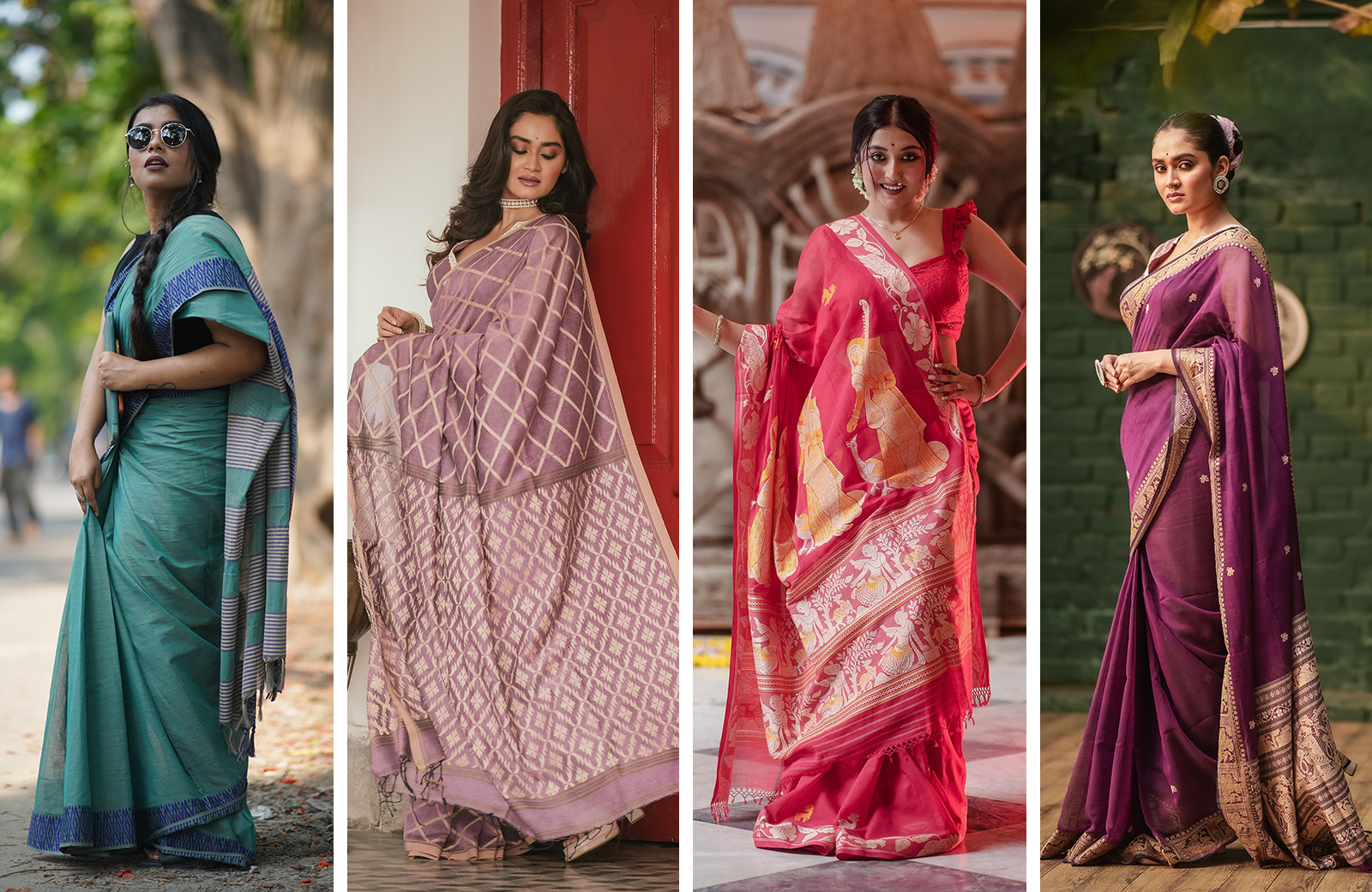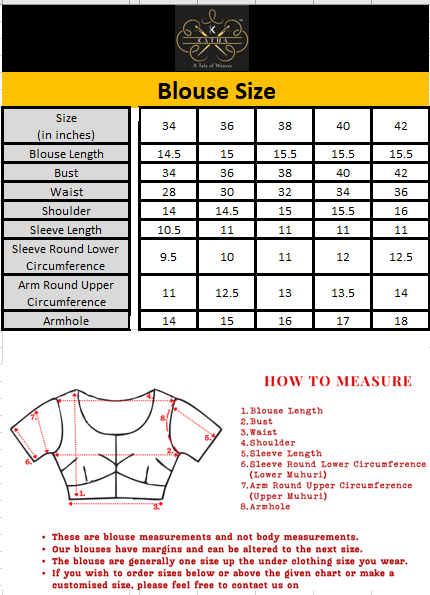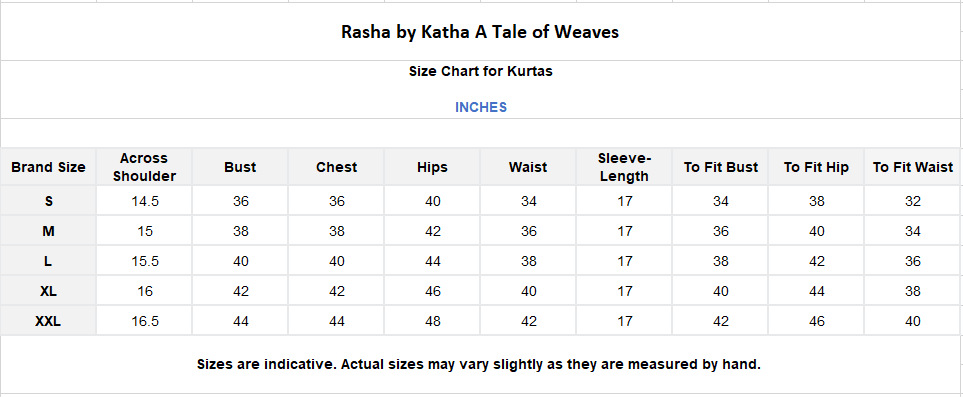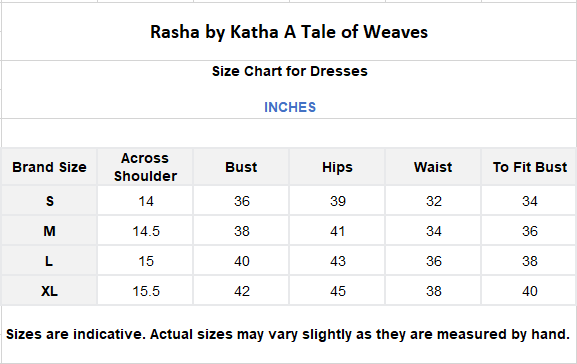From Loom to Legend – The Stories Behind Iconic Bengal Weaves
Imagine a garment that’s more than just a piece of fabric. Rather, it’s a piece of art with centuries of history and cultural tradition! That’s exactly what Bengal handloom sarees stand for. Immensely popular for their intricate craftsmanship and exquisite beauty, these sarees reflect stories and the weaving traditions of Bengal. They stand as a testament to the endearing beauty of craftsmanship passed down through generations of weavers in Bengal.
In this blog, we will take a plunge into the history and cultural significance of the legacy of Bengal sarees, and explore why handloom cotton sarees online are trending nowadays!
A History of Bengal’s Iconic Sarees
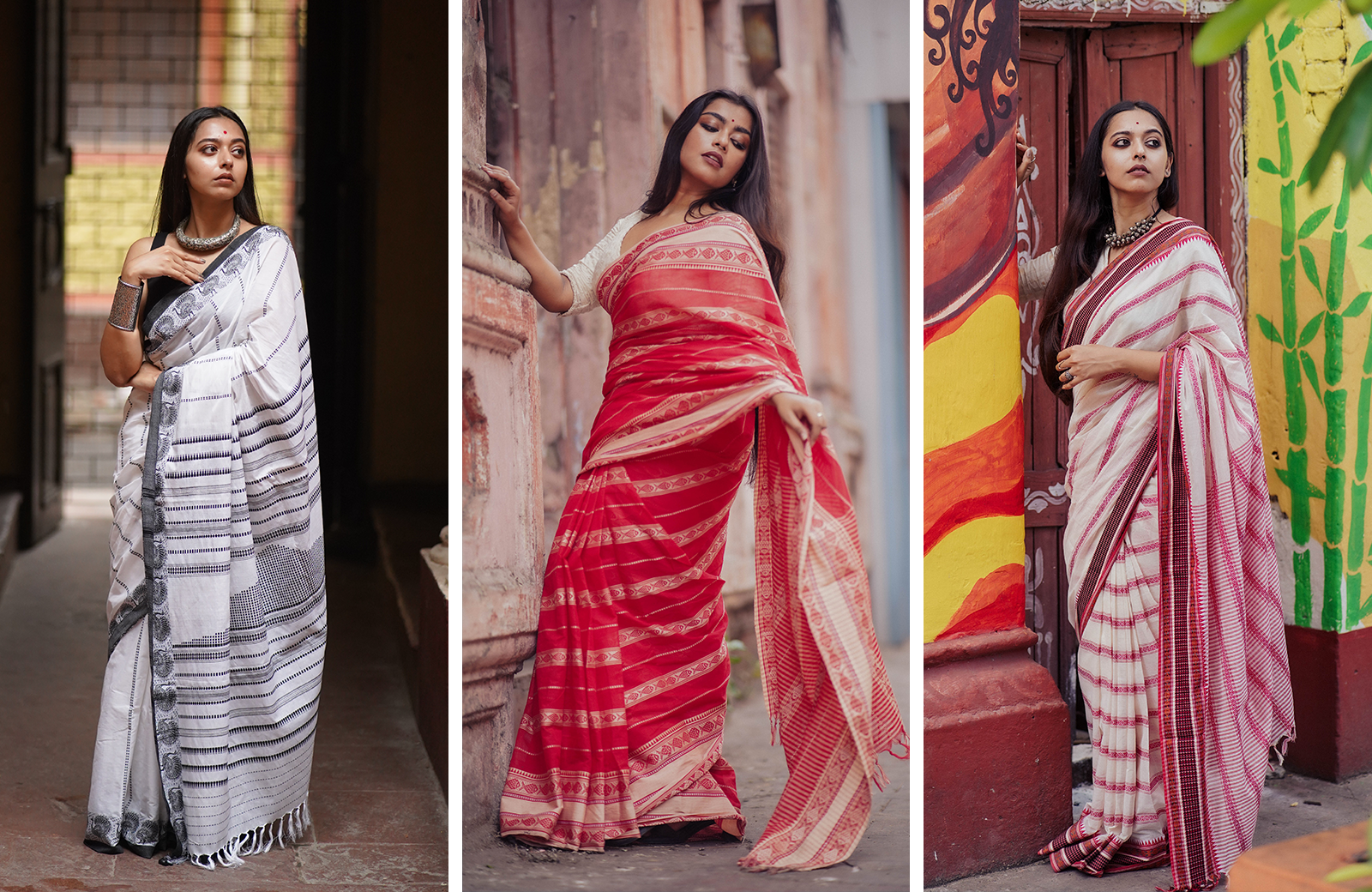
1. Begampuri
Begampuri sarees are named after the small town of Begampur, located in the Hooghly district of West Bengal. They have a rich history dating back over 200 years, with influences from Mughal and British traditions.
The charm of Begampuri sarees is their understated elegance. What’s particularly appealing, is the eye-catching designs on the pallu that feature designs of birds, geometric patterns, and flowers. On top of that, the natural dyes used in these sarees exude a soft and earthy aesthetic. At many of the best saree shops in Kolkata, you will find people shopping for Begampuri cotton sarees for summer events without fail. That’s one of the reasons why Begampuri cotton lal par sada saree is one of the most-favoured picks for festive occasions among many others.
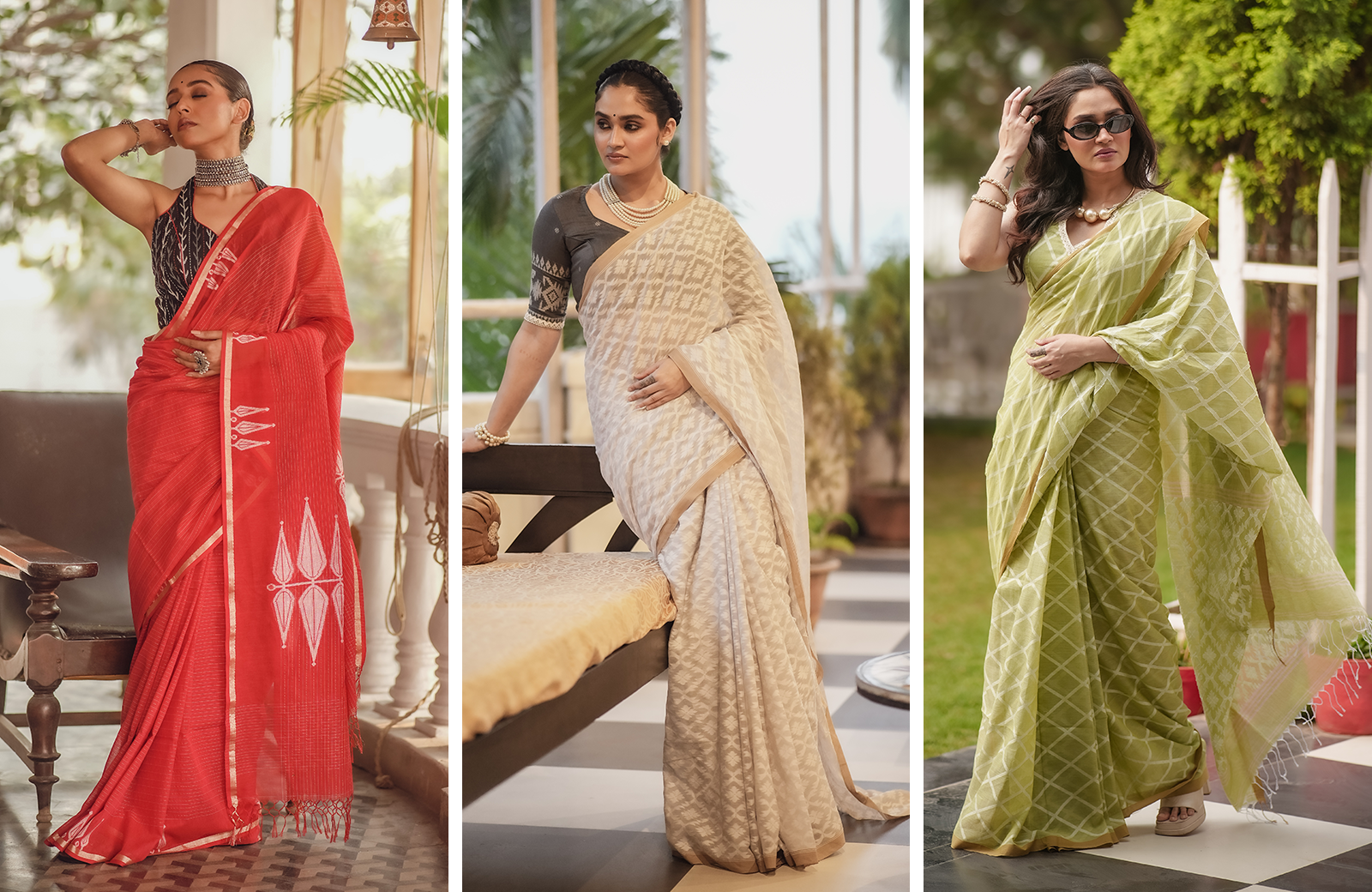
2. Jamdani
Jamdani fabric originated and flourished in the Mughal era under the royal patronage of the Kings in the courts of Bengal. Deriving its name from the Persian words ‘jam’ (flower) and ‘dani’ (vase), this special hand-weaving technique is characterised by its delicate floral and geometric patterns.
Once exclusive to the royalty and nobility, Jamdani textiles, most popularly handloom Jamdani sarees, have now become treasured heirlooms, and are often worn on special occasions like festivals, weddings, or religious ceremonies.
We at Katha: A Tale of Weaves have a luxurious collection of exquisite Jamdani handloom sarees online. Visit our store and have a look to elevate your festive wardrobe effectively.
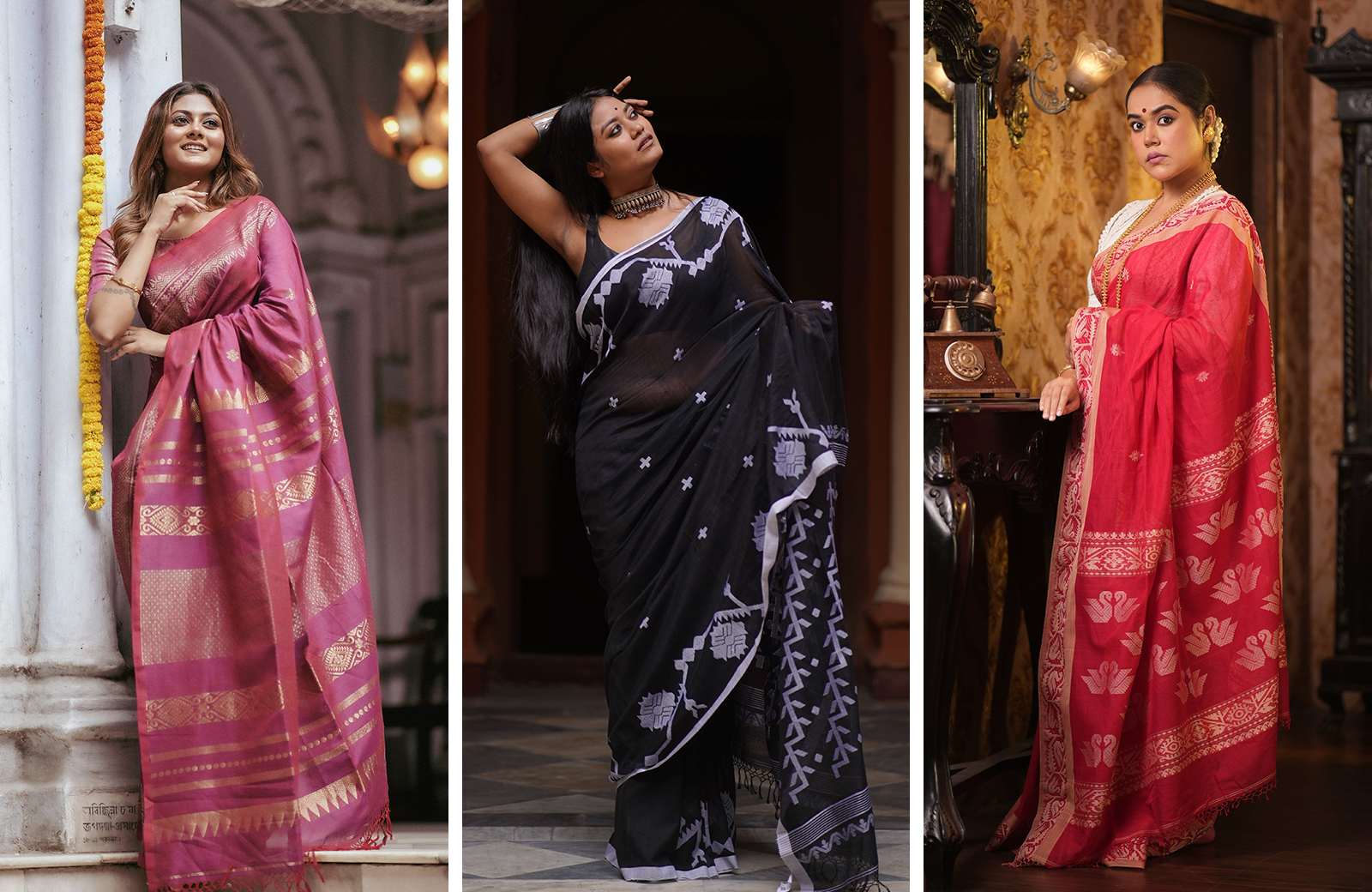
3. Phulia Cotton
Phulia cotton (Tant) sarees have a rich and complex history. Following the partition of Bengal in 1947, many weavers from Tangail (Bangladesh) migrated to West Bengal and sought refuge in Phulia, a neighbouring town of Shantipur, Nadia, and brought their weaving traditions with them. The rest sought refuge in the Hooghly and Burdwan districts, and over time, each of these regions developed its weaving style, which contributed to the diverse range of Tant sarees that are produced in Bengal today.
With a thick border and decorative pallu, the light and airy texture of these Bengal handloom sarees in Kolkata make them a perfect pick for the humid summers of Bengal. Its comfort and simplicity make it a staple everyday wear for women of all ages.

4. Baluchari
The Baluchari art was brought from Dhaka (Bangladesh) in the 18th century by the then Nawab of Bengal Murshidkhuli Khan, to a village named ‘Baluchar’ situated on the banks of the river Bhagirathi in Murshidabad district.
However, the shifting course of the Bhagirathi River forced the villagers of Baluchar to relocate, eventually leading to a decline in the weaving trade in Murshidabad and its relocation to Bishnupur (Bankura district) West Bengal.
Baluchari cotton sarees are renowned for their handwoven designs depicting scenes from Hindu mythology. Along with it, the use of vibrant colour palettes and Zari works adds to the luxury of the drape and is a perfect choice if you are looking for Bengali traditional saree online.
To Conclude
The history of Handloom weaving in Bengal, and its cultural significance, are the primary reasons why they continue to be so popular. The timeless beauty of Bengal handloom traditions, exquisite craftsmanship, and effortless versatility make them a cherished possession.





